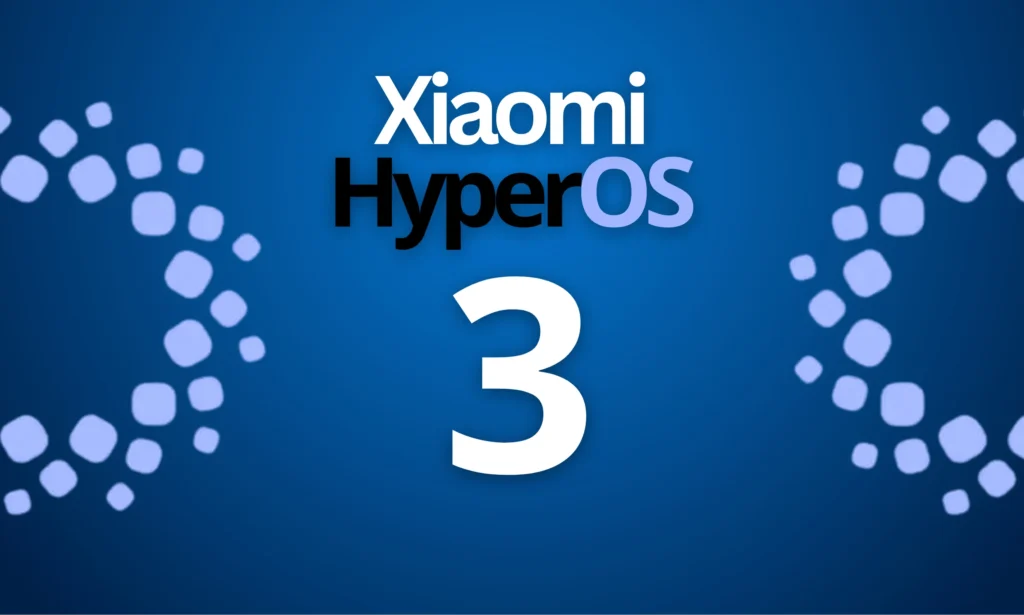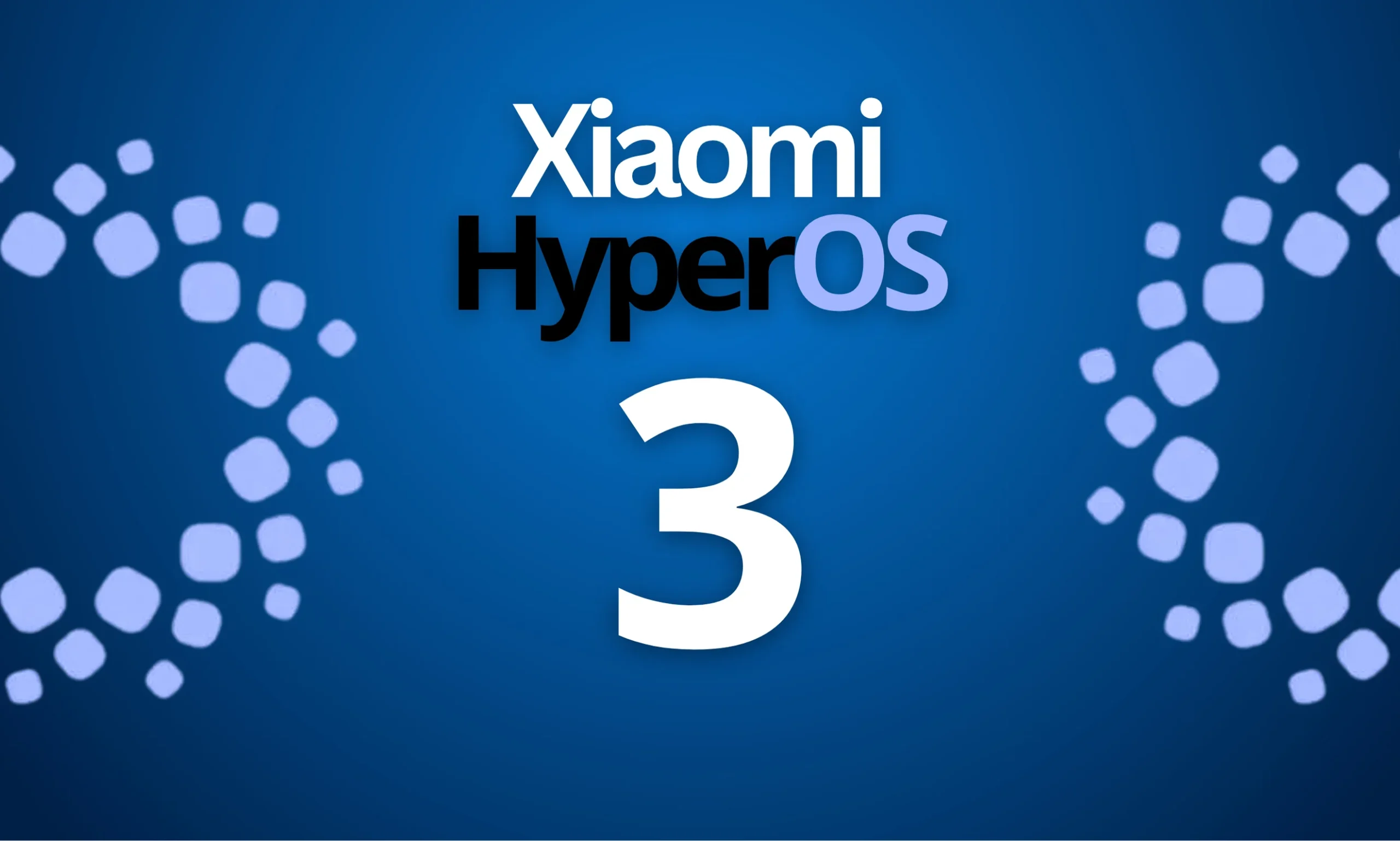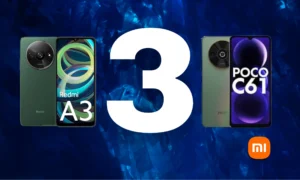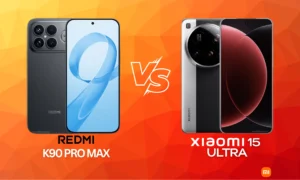Xiaomi HyperOS 3.0: Which Devices Are Left Out?

No HyperOS 3.0 for Your Xiaomi? Here’s the Lowdown on Which Devices Are Missing Out
Hey there, Xiaomi fans! We all know Xiaomi’s been making some big waves with HyperOS, their super slick replacement for MIUI. It’s all about making your phone feel faster, smoother, and more connected. But, if you’ve been eagerly waiting for the next big thing, HyperOS 3.0 (which is based on Android 16), you might be a little bummed to hear that not all our beloved Xiaomi devices will be making the jump. Let’s dive into which ones are being left behind and why.
The Excluded List: Which Xiaomi Devices Won’t Get HyperOS 3.0?
So, the word on the street, confirmed by reliable sources like @timexiaomi and @mundoxiaomi_ on X, is that a few popular Xiaomi models are unfortunately not on the HyperOS 3.0 compatibility list. This isn’t usually a bad reflection on the devices themselves, but more about what the new OS demands.
Here’s the breakdown of devices confirmed to miss out:
- Xiaomi 11 Series: This includes the Xiaomi 11, 11 Pro, 11 Ultra, and the 11 LE.
- Redmi Note 12 Series: Yep, the whole lot, like the Redmi Note 12, 12 Pro, and 12 Pro Plus.
- POCO M5, X5, and F4 Series: Models such as the POCO M5, X5, X5 Pro, and F4 won’t be getting the update.
- Xiaomi Pad 6: Even Xiaomi’s solid mid-range tablet, the Pad 6, is out of luck for this particular upgrade.
It seems Xiaomi is really focusing its HyperOS 3.0 efforts on newer hardware to make sure those advanced features run like a dream.

Why the Cut-Off? The Real Reasons Behind the Exclusion
Honestly, this isn’t a huge shocker. Like most big tech companies, Xiaomi has a set lifecycle for major software updates. There are a few key reasons why these devices won’t see HyperOS 3.0:
- Hardware Limitations:
HyperOS 3.0 is built on Android 16, and older chipsets or components in devices like the Xiaomi 11 or Redmi Note 12 series might just not have the oomph to handle the new AI features and advanced optimizations smoothly. It’s all about ensuring a good user experience. - Software Support Cycles:
Xiaomi typically offers two to four major OS updates, depending on the device’s lineup. For instance, devices like the Xiaomi 12X and Xiaomi 12 Lite were capped at Android 14. Since HyperOS 3.0 needs Android 15 compatibility at a minimum, these devices naturally fall out of the update bracket. - Focus on the Latest and Greatest:
Xiaomi wants to push its new OS capabilities on its newest devices. Think of the Xiaomi 14 series, upcoming Xiaomi 15, Redmi K70 Ultra, and the Xiaomi Pad 7 Pro. These are the phones already being tested with Android 16 and HyperOS 3.0, ensuring they get the best optimization.
What’s So Great About HyperOS 3.0 Anyway?
We get it, you want to know what you’re missing! HyperOS 3.0 is shaping up to be a pretty sweet upgrade. We’re talking about some serious enhancements:
- Snappier Performance: Expect apps to open and close quicker, better resource management, and smoother multitasking.
- Sleeker Interface: Get ready for a refreshed look and feel, more intuitive navigation, and design elements pulled straight from Android 16.
- Gaming Boost: Game Turbo is getting some love and will expand to more devices, including tablets, offering a better gaming experience.
- Cloud-Powered Installation: This sounds neat – faster app installations thanks to processes happening on remote servers.
- Real-Time Notifications: A more dynamic and context-aware notification system for a less interruptive experience.
These are the kinds of features that really benefit from newer, more powerful hardware.
Got an Excluded Device? What Now?
If your current Xiaomi device is on that list, don’t despair! While HyperOS 3.0 isn’t in the cards, your phone will likely continue to receive important security patches and possibly minor updates to HyperOS 2.0 or 2.1.
Here are a few things you can do:
- Stay Updated:
Keep an eye out for security updates and minor HyperOS tweaks. You can often check for these directly in your phone’s settings. - Consider an Upgrade:
If those new HyperOS 3.0 features sound like a must-have for you, it might be time to start thinking about upgrading to a newer Xiaomi model, like the Xiaomi 14 series or a future Redmi Note 14 device, which are guaranteed to get the latest and greatest. - Explore Custom ROMs (With Caution):
For the more adventurous, custom ROMs exist. However, be aware that this route can void your warranty and might sometimes lead to stability issues. It’s definitely for the tinkerers out there.
When Can We Expect HyperOS 3.0?
The roadmap looks something like this: HyperOS 3.0 is slated to debut in China between July and September 2025, with a global rollout starting around December 2025 to January 2026. The newest flagships, like the Xiaomi 15 series and Xiaomi MIX Flip, will likely be the first to experience it, followed by other newer models and tablets.
Wrapping Up Our Thoughts
Xiaomi’s decision to exclude popular devices like the Xiaomi 11 series, Redmi Note 12 series, POCO M5, X5, F4, and the Xiaomi Pad 6 from HyperOS 3.0 is a clear sign of their strategy to focus on newer hardware. This ensures that the advanced capabilities of HyperOS 3.0, based on Android 16, can run optimally and deliver the best possible user experience. While it’s a bummer for those with slightly older but still capable devices, it’s a good reminder that software support has its limits. If you’re on the excluded list, keep your device updated with security patches and consider a newer model if you’re eager to embrace Xiaomi’s latest innovations.
For all the latest official news and updates, always check the official Xiaomi Community or reputable tech sites.







